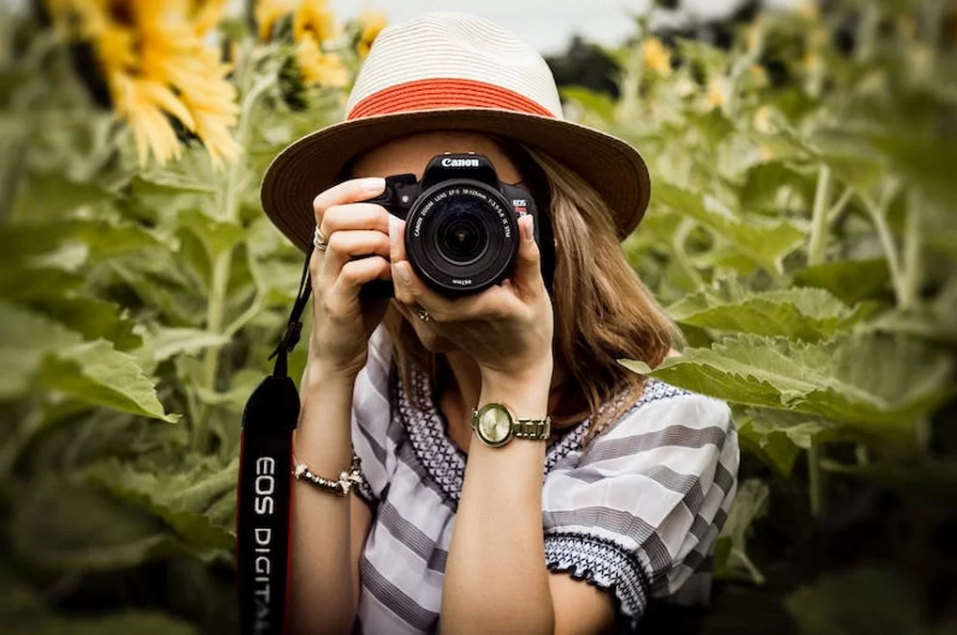Pulse of Information
Your source for the latest insights and updates.
Shutterbugs and Snapshots: The Unseen World Behind the Lens
Discover the hidden truths and stunning tales of photography in Shutterbugs and Snapshots—uncover the magic behind every shot!
The Art of Composition: How to Frame Your Shots Like a Pro
Composition is the backbone of any great photograph, guiding the viewer's eye and creating a focal point. One of the most essential principles of composition is the rule of thirds, which suggests dividing your image into nine equal parts using two horizontal and two vertical lines. By placing your subject at the intersections of these lines, or along the lines themselves, you can create a more balanced and engaging shot. Additionally, consider utilizing leading lines, which are natural lines within the scene that draw the eye towards your main subject. This technique not only enhances visual interest but also guides the viewer through the photograph.
Another key aspect of composition is understanding the importance of negative space. This refers to the area surrounding your subject, which can help to emphasize it and provide context. Carefully framing your shot with ample negative space can lead to striking images that convey a sense of simplicity and elegance. Don't forget the power of angles as well: experimenting with different perspectives can yield unique compositions. For instance, shooting from a low angle can make your subject appear larger and more imposing, while a high angle can provide a broader view and a different context. Mastering these techniques will elevate your photography and allow you to frame your shots like a true pro.

Behind the Lens: Discover the Techniques of Master Photographers
In the world of photography, master photographers possess a unique ability to capture moments that tell compelling stories. One essential technique they employ is the use of lighting. Understanding how different types of light interact with the subject can dramatically alter the mood and meaning of an image. For instance, the golden hour, shortly after sunrise or before sunset, provides a soft, warm glow that enhances natural beauty. Furthermore, master photographers often utilize composition rules, such as the Rule of Thirds or leading lines, to create visually striking images that draw the viewer’s eye into the frame.
Beyond lighting and composition, post-processing techniques play a pivotal role in refining photographs. Master photographers often spend time in editing software to enhance colors, adjust contrast, and apply filters that align with their unique style. This stage allows for creativity and experimentation, transforming a good photograph into a breathtaking piece of art. Additionally, patience and practice are crucial elements in their approach; waiting for the perfect moment, whether it’s a fleeting expression or a change in the weather, can elevate their work to new heights. Ultimately, by learning from these techniques, aspiring photographers can develop their own styles and capture images that resonate with viewers.
What Makes a Great Photograph? Exploring the Elements of Visual Storytelling
When it comes to great photographs, several elements intertwine to create a compelling image that tells a story. First, consider composition, which dictates how the elements within the frame interact with one another. This includes the rule of thirds, leading lines, and framing, all of which guide the viewer’s eye and enhance visual interest. Lighting is another critical element; it can evoke emotions and set the mood of the photograph. For instance, soft, natural light can create a tranquil atmosphere, while harsh shadows may introduce tension. Together, composition and lighting lay the groundwork for a robust visual narrative.
Another essential component of visual storytelling is subject matter. Photographs that capture genuine moments or emotions resonate deeply with viewers. Whether it's a candid shot of a child laughing or a poignant scene of solitude, the subject should convey a story that is relatable and impactful. Additionally, don’t underestimate the power of color and texture to enhance this storytelling. A harmonious color palette can evoke specific feelings, while distinct textures can add depth and intrigue. By harmonizing these elements, a great photograph transforms from a simple image into a captivating story that lingers in the viewer's mind.